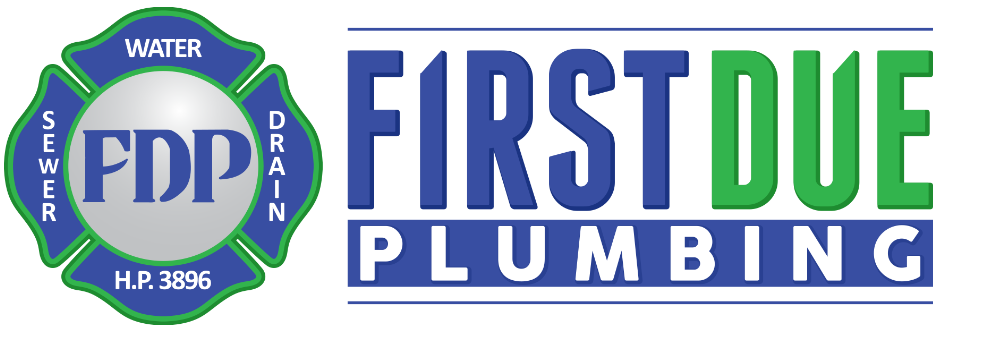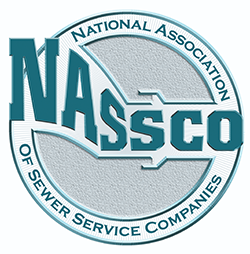The “modern information flows” that are made attainable by knowledge cloth emerge as a strong solution to deal with the constraints inherent in traditional information pipelines. As we will see, there are similarities between the info mesh and the info cloth method. Observability – Recently, a host of recent vendors are providing services referred to as “data observability”. Data observability is the follow of monitoring the info to understand how it’s altering and being consumed. Many organizations undertake each a knowledge lake and information fabric as a half of their knowledge technique, using every for its strengths. You may begin with an information lake and construct in course of a data cloth as your information maturity increases.
Key Parts Of An Information Fabric Architecture
To put it simply, information cloth allows for layers of knowledge and instruments to be built onto an current system so every layer enriches the others and, when considered holistically, makes it easier to eat and interpret the information. Data can shortly transfer between belongings, allowing for customers to make better, more knowledgeable, selections. One of the first offerings of a data fabric is a method to seamlessly combine heterogeneous, spread-out, and sometimes siloed knowledge sources.
Contemplate A Holistic, End-to-end Solution
Remember the ten best practices we discussed and select the proper vendor to make sure success on the road ahead. Native code generation is a vital feature that enables your data material resolution to automatically generate code that can be utilized for integration. Even as the data material processes incoming information, it could possibly generate optimized code natively in quite a lot of languages like Spark, SQL, and Java.
The Interrelationship Between A Knowledge Lake And An Information Cloth #
This allows you to entry real-time information and avoid well timed and costly migration tasks. The K2view Data Product Platform delivers a real-time, trusted, and holistic view of any enterprise entity to any consuming applications data fabric vs mesh, knowledge lakes, or knowledge warehouses. The use instances of the platform are subsequently numerous, and span many departments in the enterprise.
Data Warehouse, Information Lake, And Data Lakehouse
It might help in handling diverse data, supporting real-time and dynamic data-driven functions, and also can cope with privateness and security considerations. Data cloth reduces complexity and inefficiencies in data operations by streamlining data integration, governance, and management processes. Improved knowledge entry and control drastically streamlines knowledge management initiatives, giving time again to governance teams.
Information Mesh Vs Knowledge Cloth: Understanding The Variations
A pharmaceutical firm may use an information fabric to handle their numerous knowledge – research information, clinical trial outcomes, patient knowledge, manufacturing data, and sales data. The data fabric may implement knowledge governance guidelines, ensure knowledge privacy, and automate the era of regulatory reviews, thus simplifying compliance with regulations like HIPAA or GDPR. If your data is siloed and hard to entry for decision-making, a Data Fabric may help by providing a unified view of information.
How Does Knowledge Material Architecture Ship Enterprise Value?
This bridge enables you to transport cargo of any shape and dimension from anywhere, with correct safety and checkpoints to check the cargo and its recipients. A information cloth would offer you several strategies to access shared data right where it presently resides. Gain understanding of all information delivery flows with Enterprise orchestration and XOps capabilities. However, it is essential to fastidiously perceive the compliance and regulatory necessities surrounding your information before implementing a knowledge cloth.
- If your data is siloed and hard to access for decision-making, a Data Fabric might help by providing a unified view of knowledge.
- A information cloth allows companies to raised shield and scale back the value of sustaining and managing data — notably in multi-cloud environments.
- This contains providing “drag and drop” interfaces to execute data-related permissions and utilization administration.
- And it has turn out to be increasingly fragmented throughout disparate applications within the group.
What’s The Purpose Of A Knowledge Fabric?
This is the process of integrating knowledge sources with two or extra functions or companies to populate the information graph initially and replace it often thereafter. It includes coordinating and scheduling numerous tasks, such as knowledge extraction, transformation, loading, validation, and evaluation, and helps ensure data high quality, consistency, and availability across the information graph. Data pipeline orchestration could be carried out utilizing different approaches, such as a manual implementation, an open source orchestration engine, or utilizing a vendor-specific orchestration engine / cloud service supplier. Forrester analyst Noel Yuhanna was among the many first people to define the information cloth back in the mid-2000s. Conceptually, a giant data material is basically a metadata-driven method of connecting a disparate assortment of knowledge tools that tackle key pain points in massive knowledge initiatives in a cohesive and self-service manner.
For extra info on how Integrate.io can help you and your business, reach out to the Integrate.io group right now to set up a demo. Alexis serves as Content Marketing Manager for industry main DSPM supplier, BigID. She focuses on helping tech startups craft and hone their voice— to tell more compelling tales that resonate with diverse audiences. She holds a bachelors degree in Professional Writing and a Master’s degree in Marketing Communication from the University of Denver. Whether medical info needs to be shared throughout totally different hospitals or affected person details shared between a provider and a payer, there’s a basic want for relevant data to circulate in near real-time.
While there are a selection of approaches to designing all of those parts, there are best practices to ensure the quality and scalability of a data fabric. Staying informed about these developments and improvements might be important for organizations aiming to maximise the worth of their information property. Traditionally, information pipelines have been the go-to methodology for organizations to integrate and handle their information.
Organizations that don’t place their information modeling and management on the forefront of their data fabric introduce the risk of scalability issues, limited user-friendly schema views, and hampered utilization of linked open data. Furthermore, the absence of formal metadata management poses a threat of insufficient alignment with enterprise wants and hinders versatile info discovery throughout the knowledge material. There are different ways of creating and using knowledge fashions with a TOMS to keep away from these risks. One means is to use code or scripts to generate and validate the info model based on the rules and requirements of the domain. Using subject matter expertise input helps to further validate the information mannequin and make sure that it aligns with enterprise wants.
Data material architectures operate around the idea of loosely coupling information in platforms with applications that need it. One instance of information material architecture in a multi-cloud surroundings could look like the under, the place one cloud, like AWS, manages information ingestion and another platform, similar to Azure, oversees knowledge transformation and consumption. Then, you may need a third vendor, like IBM Cloud Pak® for Data, providing analytical providers. The data material architecture stitches these environments collectively to create a unified view of information.
Other components, such as your organizational tradition, staff buildings, and the maturity of your data capabilities may also issue into your decision-making. Users can locate and perceive data across a data mesh utilizing metadata and discovery tools. Data can also be exchanged between groups and domains utilizing application programming interfaces (APIs) and knowledge pipelines (i.e., digital processes for collecting, modifying, and delivering data). Everything in a data fabric, including data integration, cataloging, and discovery, occurs on top of the virtualization layer that the fabric creates. There’s been a rapid increase within the number of knowledge technologies, API-based improvement, and microservices-based application architectures over the earlier couple of years.


